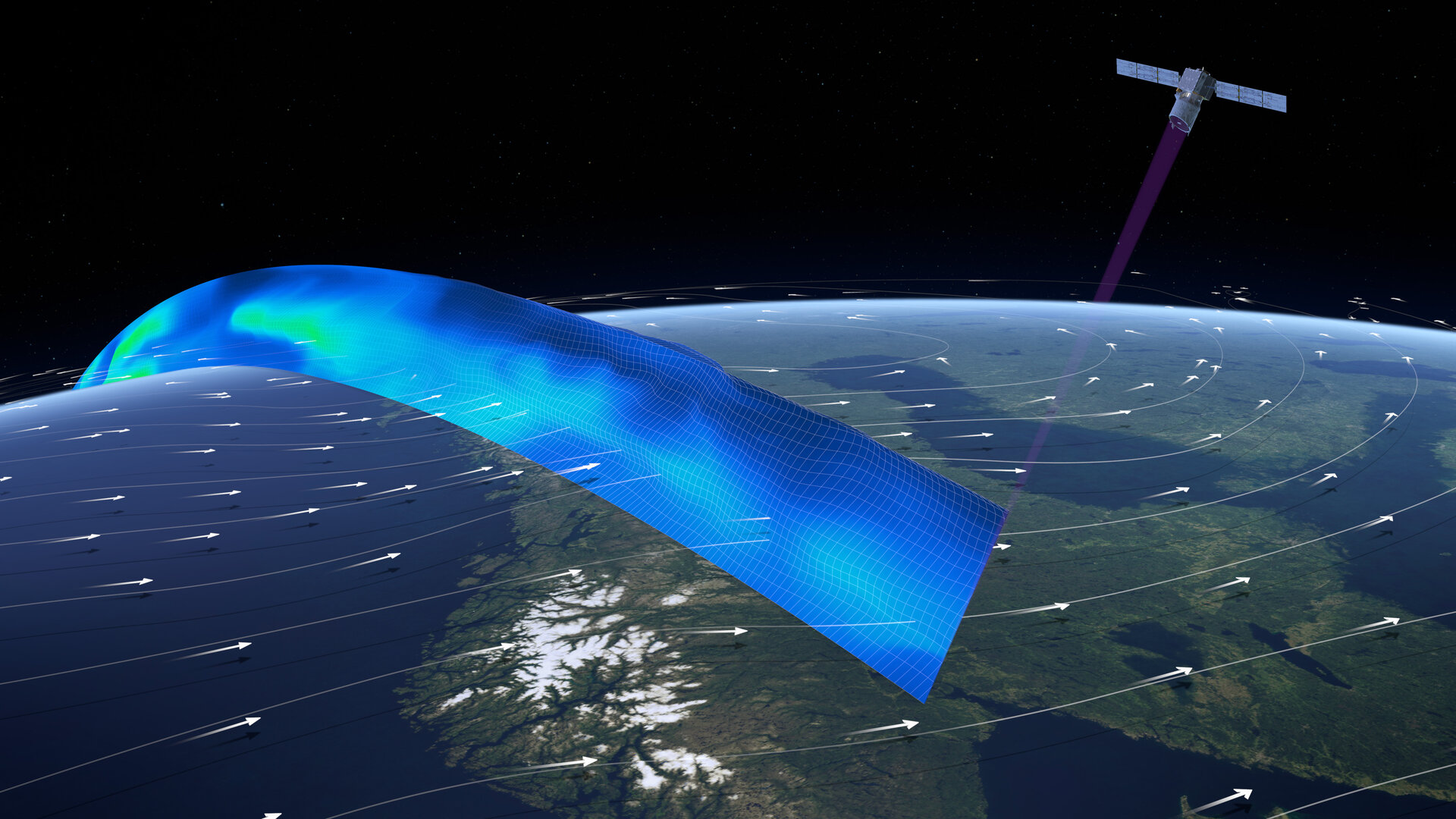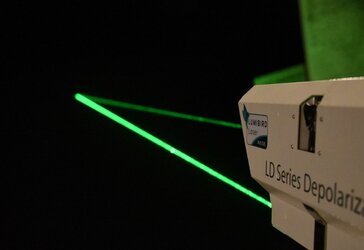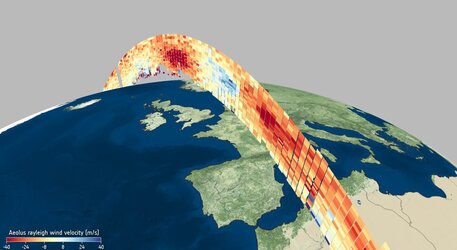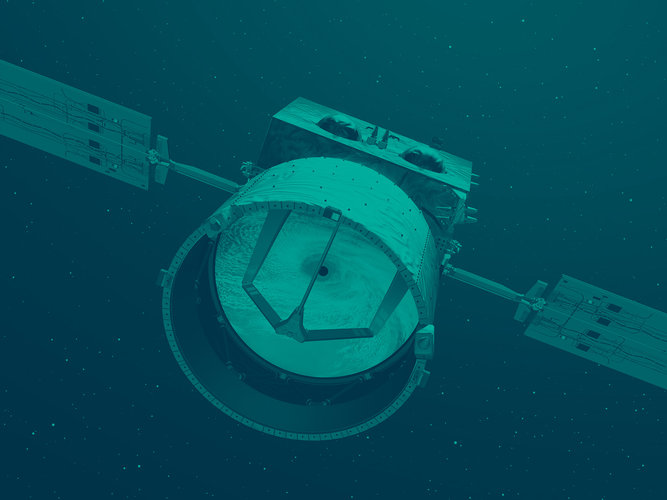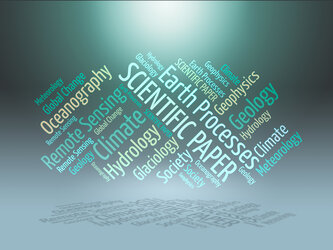Aeolus paves the way for future wind lidars in space
It’s hard to believe that ESA’s Aeolus wind mission has now been orbiting Earth for three years and, remarkably, exceeded its design life milestone. Aeolus has gone way further than its original goal of demonstrating that ground-breaking laser technology can deliver global profiles of the wind; its data are being distributed to weather forecasting services across the world in less than three hours of measurements being made in space. Moreover, Aeolus has laid the foundation for future Doppler wind lidar satellite missions.
Being such a dynamic and relatively invisible aspect of Earth’s environment, the wind is particularly challenging to measure from space. Nevertheless, the need for these measurements was identified many years ago by, for example, the World Meteorological Organization which is responsible for the World Integrated Global Observing System. This system, which comprises a vast number of meteorological and environmental observations taken from the ground, ships, upper atmosphere and space, is used by meteorological services all over the world.
As part of ESA’s FutureEO programme, Aeolus is an Earth Explorer research mission. But it was also designed to demonstrate how sophisticated Doppler wind lidar technology can address the need for more wind measurements to improve weather forecasts.
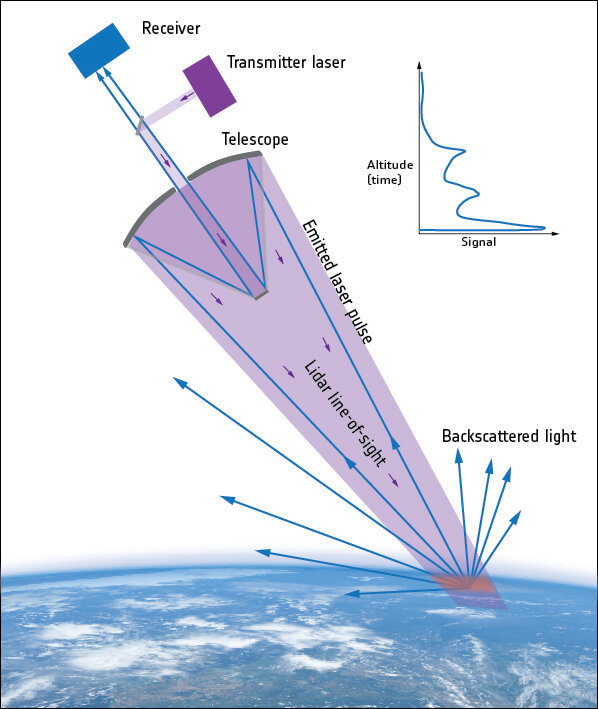
Aeolus’ single instrument is called ALADIN. Its laser transmits short fast pulses of ultraviolet light towards Earth. This light bounces off air molecules and particles such as dust in the atmosphere. The small fraction of light that scatters back towards the satellite is collected by a large telescope. All of this allows the horizontal speed of the world’s winds to be measured in the lowermost 30 km of the atmosphere.
Over the last three years, scientists have been using information from Aeolus to understand more about the systems that influence our weather and climate.
However, its greatest achievement is the fact that the quality of Aeolus’ data are so good that meteorological centres have been feeding the data into daily weather forecasting models since January 2020.
This has been particularly relevant during the Covid pandemic, which, in the spring of 2020, led to a drop in the number of commercial flights that normally provide unique measurements of wind, temperature and pressure along their flight paths. With fewer measurements being made available from aircraft for weather forecasts, Aeolus has been an important contributor in helping to fill the gap.
ESA’s Aeolus mission scientist, Anne Grete Straume, said, “Aeolus has been a great boost to helping us understand the complexities of Earth’s wind systems and how they influence the weather and the climate as described in a recent paper published in Geophysical Research Letters.
“The paper shows how Aeolus’ observations in the tropical upper troposphere and lower stratosphere have helped correct weather models to better represent the atmospheric flow by capturing wind shear caused by Kelvin waves.

“Thanks to the quality and uniqueness of the data, four European weather centres have been using Aeolus’ data for their daily forecasts since 2020, and India’s National Centre for Medium Range Weather Forecasting centre also started benefiting from Aeolus this year. This demonstrates that Aeolus has clearly achieved a key objective of being used for daily forecasts, but also demonstrates how the technology can be used for follow-on missions.”
The Aeolus mission was under development for several years before it was finally launched in 2018. The lidar technology was completely new and challenging to realise.

ESA’s Aeolus Payload Manager, Denny Wernham, noted, “Aeolus was extremely challenging to develop. It was designed as a demonstrator mission and astonishingly we still have it in good health and delivering valuable data for science and weather forecasting three years after going live in orbit. Thanks to Aeolus, we have gained valuable experience and knowledge for the development of possible future Doppler wind lidar satellites in space.”
While the mission has certainly demonstrated that this laser technology works in space, an observatory in Argentina that searches for cosmic rays has also discovered that spaceborne lidars could help cross-calibrate the energy scales of different cosmic-ray observatories.
Scientists from the Institute for Astroparticle Physics of the Karlsruhe Institute of Technology in Germany and the National Institute for Nuclear Physics in Italy who study cosmic rays from outer space using information from the Pierre Auger Observatory in Argentina, noticed an unexpected reoccurring signal in their data. Together with scientists from the Institute of Atmospheric Physics of the German Aerospace Center, they figured out that the observatory was detecting a signal emitted by Aeolus.
The observatory is used to study the origin of ultrahigh-energy cosmic rays. Wide-field optical telescopes detect fluorescence radiation emitted from nitrogen molecules excited as cosmic-ray-induced particle cascades. The strongest fluorescence lines are in the ultraviolet, close to the 355 nm frequency of the Aeolus laser. Aeolus’ laser signal sweeps across the observatory’s view every week.
Michael Unger, from the Karlsruhe Institute of Technology, explained, “We plan to use this laser beam from space for systematic studies of the density of aerosols above the observatory and for the calibration of our telescopes. Future satellite-based lidar missions could be designed to aid the cross-calibration of the energy scales of different cosmic-ray observatories.”
The observatory is also helping ESA to understand more about the complexities of spaceborne lasers.

Toni Tolker-Nielsen, Acting Director for ESA’s Earth Observation Programmes, added, “The Pierre Auger Observatory’s work has also been extremely important in providing new insights and independent evidence that will help us in our further understand the technical complexities of using lasers in space. These results confirm that cosmic ray observatories can offer an independent and powerful method to measure the performance of Earth observation satellite lasers, paving the way to future collaboration with other missions.”


